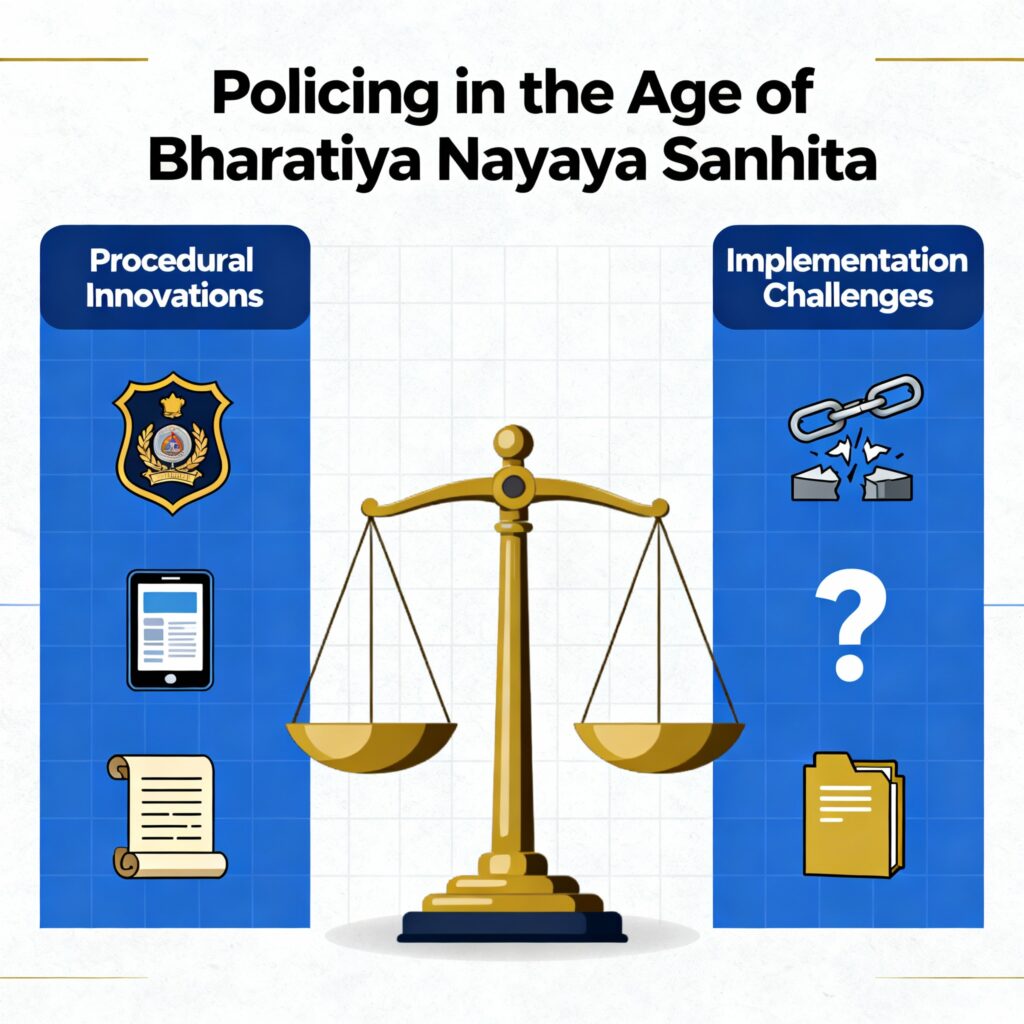Published On: 29th August, 2024
AUTHORED BY: T. ROSHINI
Chennai Dr.Ambedkar Government Law College, Pudupakkam.
|
CITATION |
AIR (2002) RAJASTHAN 370 |
|
DATE OF JUDGMENT |
06th MAY, 2002 |
|
COURT |
HIGH COURT OF RAJASTHAN |
|
CASE TYPE |
S.B. CIVIL APPEAL NO. 4 OF 1981 |
|
APPLICATION |
DEV KISHAN |
|
RESPONDENT |
RAM KISHAN |
|
BENCH |
SUNIL KUMAR GARG J. |
DEV KISHAN & ORS. V. RAM KISHAN & ORS.
FACTS OF THE CASE
This case concerns an appeal initiated by Kishan Lal, originally the defendant No. 1 in a lawsuit. The lawsuit was initially brought forward by the plaintiffs, Ram Kishan and Kailash, against Kishan Lal (referred to as the appellant-defendant No. 1), as well as defendants No. 2 to 5. The central issue revolved around the plaintiffs’ challenge to a sale deed dated May 12, 1967, and a rent deed, asserting their invalidity. Notably, all the parties involved were members of a Hindu Joint Family, headed by defendant No. 2, Madan Lal, who served as the family’s Karta. The crux of the matter lay in the plaintiffs’ contention that under the influence of appellant-defendant No. 1 (Kishan Lal), defendant No. 2 had sold two-family properties to the appellant for a significantly lower amount than their actual value (Rs. 2000 versus Rs.16,000). The plaintiffs alleged that this sale was conducted without legal necessity. Furthermore, defendant No. 2 had mortgaged these properties twice in favor of appellant-defendant No. 1 (first in 1962 for Rs. 500 and then in 1964 for Rs. 900) to fund the marriages of his daughters, Vimla and Pushpa which the plaintiffs contended lacked legal necessity.
ISSUES
- Whether the debts incurred by the Karta (defendant No. 2) of a Hindu Joint Family for the purpose of a minor daughter’s marriage be considered a legal necessity or one with unlawful intent?
- Whether the debts incurred by Karta (defendant No. 2) for satisfying the earlier mortgages should be considered as debts incurred for legal necessity.
RELEVANT COURT OBSERVATIONS
PRE-APPEAL (TRIAL COURT AND CIVIL JUDGE):
- The trial court, or Munsiff, initially ruled in favor of the plaintiffs, declaring the sale deed, and rent deed null and void. The court found that there was no legal necessity for the transactions and that the debts were not antecedent debts.
- The Civil Judge, in the first appeal, upheld the trial court’s decision. The judge concurred that the debts were not for legal necessity and additionally ruled that they were opposed to public policy due to child marriage restrictions under the Child Marriage Restraint Act, [1]
POST-APPEAL (HIGH COURT):
- The High Court held that the debt incurred by Karta for his minor children’s marriages was not a legal necessity as it did not qualify the two conditions necessary for it to be valid. The court emphasized that the debt did not qualify as an antecedent debt and was acquired for unlawful purposes, which was in violation of the Child Marriage Restraint Act, of 1929.[2]
ANALYSIS
- As per the Hindu succession laws, it is well established that the debts incurred by the Karta of a Hindu Joint Family must be for the benefit of the family. This is based on the idea that Karta being the head of the family, holds property for the collective welfare of all the members. In the present case, the debt incurred by Karta for the marriage of his minor daughters was deemed not to be for the family’s benefit. Instead, it was for the individual purpose of arranging his daughter’s marriage. The court observed that even if the amount of money was actually spent on the marriage of such children, who were in the age group of 8 – 12 years, it could not be termed as legal necessity and was against the societal norms and contrary to the public policy, particularly the Child Marriage Restraint Act, 1929.[3] Therefore, the court concluded that the debt taken for the minor daughter’s marriage was not for legal necessity. Further, the court relied upon the case of Panmull Lodha[4], wherein it was held that “the Child Marriage Restraint Act makes punishable the marriage of a minor when performed in British ” The court also relied upon the case of Rambhau Ganjaram,[5] wherein it was held that “where the marriage of the minor was performed in violation of the provisions of Child Marriage Restraint Act of 1929,[6] the debt, having been incurred by the de facto guardian for purposes which were not lawful, the alienation effected for purposes of satisfying those debts cannot be regarded as a lawful alienation binding upon the minors.”
- In accordance with Hindu succession laws, a Karta of a Hindu Joint Family can sell or mortgage the family property to discharge a debt contracted by him for his own personal benefit only under two conditions which is, that the debt was antecedent to the alienation, and it was not incurred for immoral purposes. In the present case, Karta’s alienation did not qualify as being valid for the payment of antecedent debt since these properties were not mortgaged or sold for the purpose of discharging a debt but for the personal benefit of the Karta to finance the marriages of his minor daughters, which, as established earlier, were not lawful and thus could not be deemed as lawful debts. Hence, the court in this case held that the debt incurred by Karta to satisfy the earlier mortgages should not be regarded as debts incurred for legal necessity. Also, it was observed by the court that the members of the family were earning and there was no need to sell the family property to raise the money the transfer was grossly undervalued and if there was a need for money, the transfers should have been affected for an adequate consideration.
SOCIO-POLITICAL IMPLICATIONS
The case has delved into socio-political implications by bringing attention to the issue of child marriages. The court’s observation that the debts were contrary to public policy due to restrictions on child marriages has illuminated a more extensive societal concern surrounding this practice. Child marriages often give rise to adverse social and political consequences, such as the perpetuation of gender inequality, limitations on the educational and economic opportunities of young brides, and health-related risks. Consequently, the court’s position against practices that support child marriages signifies a broader socio-political step towards eliminating harmful customs and advancing societal progress. This reflects a legal standpoint that aligns with contemporary socio-political values, prioritizing the safeguarding of vulnerable individuals, particularly minors, from practices that could impede their well-being and rights.
[1] The Child Marriage Restraint Act, 1929, No.19, Acts of Parliament, 1929
[2] Ibid.
[3] Ibid.
[4] Panmull Lodha v. R.B. Gadhmull, AIR 1937 Calcutta 257.
[5] Rambhau Ganjaram v. Rajaram Laxman, AIR 1956 Bombay 250.
[6] The Child Marriage Restraint Act, 1929, No.19, Acts of Parliament, 1929




